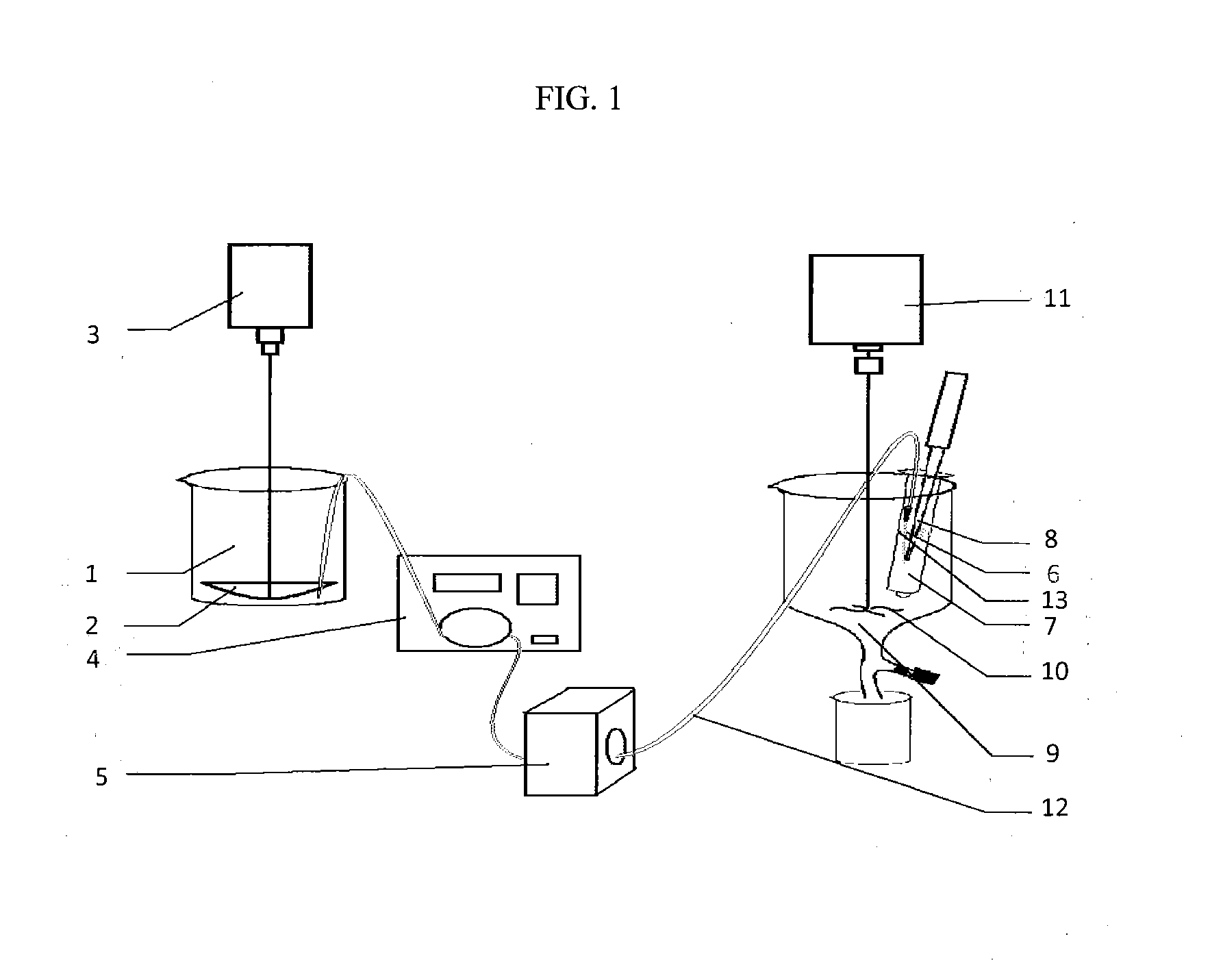Fixed-array anisotropic conductive film using conductive particles with block copolymer coating
a technology of anisotropic conductive film and copolymer coating, which is applied in the direction of conductive materials, solid-state devices, textiles and paper, etc., can solve the problems of reducing the likelihood of encapsulation desorption and the complexity of the assembly of the acf layer, and achieves the effect of superior insulation properties of conductive particles, easy removal, and reduced minimum bonding spa
- Summary
- Abstract
- Description
- Claims
- Application Information
AI Technical Summary
Benefits of technology
Problems solved by technology
Method used
Image
Examples
Embodiment Construction
[0016]U.S. Published Applications 2010 / 0101700 2012 / 0295098 and 2013 / 0071636 to Liang et al. are incorporated herein in their entirety by reference.
[0017]Any of the conductive particles previously taught for use in ACFs may be used in practicing this disclosure. Gold coated particles are used in one embodiment. In one embodiment, the conductive particles have a narrow particle size distribution with a standard deviation of less than 10%, preferably less than 5%, even more preferably less than 3%. The particle size is preferably in the range of about 1 to 250 μm more preferably about 2-50 μm even more preferably about 3-10 μm. In another embodiment the conductive particles have a bimodal or a multimodal distribution. In another embodiment, the conductive particles have a so called spiky surface. The size of the microcavities and the conductive particles are selected so that each microcavity has a limited space to contain only one conductive particle. To facilitate particle filling an...
PUM
| Property | Measurement | Unit |
|---|---|---|
| Temperature | aaaaa | aaaaa |
| Temperature | aaaaa | aaaaa |
| Length | aaaaa | aaaaa |
Abstract
Description
Claims
Application Information
 Login to View More
Login to View More - R&D
- Intellectual Property
- Life Sciences
- Materials
- Tech Scout
- Unparalleled Data Quality
- Higher Quality Content
- 60% Fewer Hallucinations
Browse by: Latest US Patents, China's latest patents, Technical Efficacy Thesaurus, Application Domain, Technology Topic, Popular Technical Reports.
© 2025 PatSnap. All rights reserved.Legal|Privacy policy|Modern Slavery Act Transparency Statement|Sitemap|About US| Contact US: help@patsnap.com

